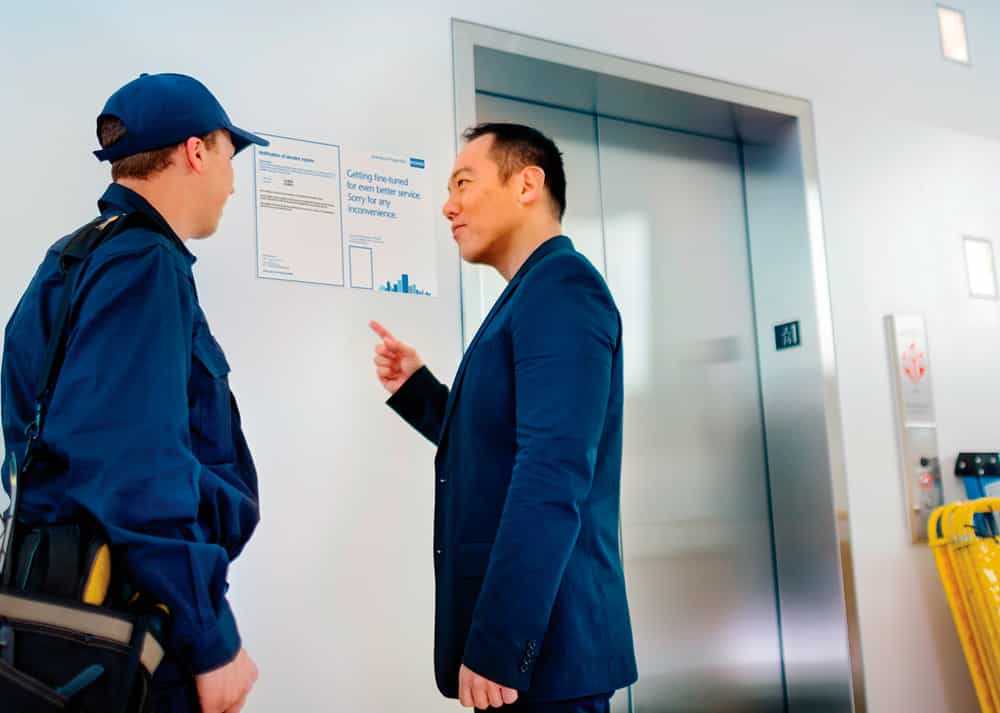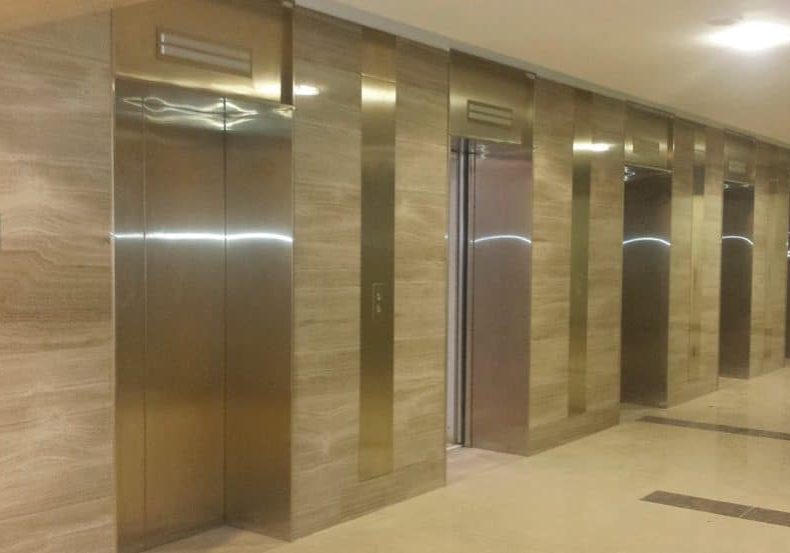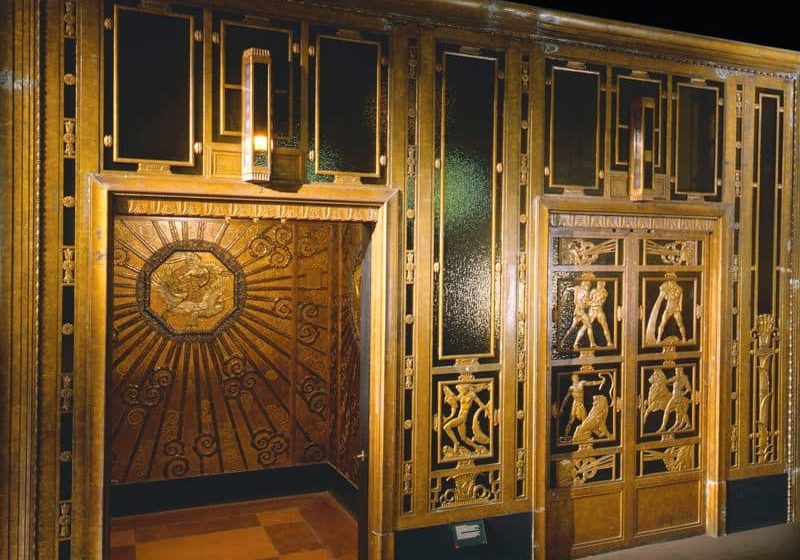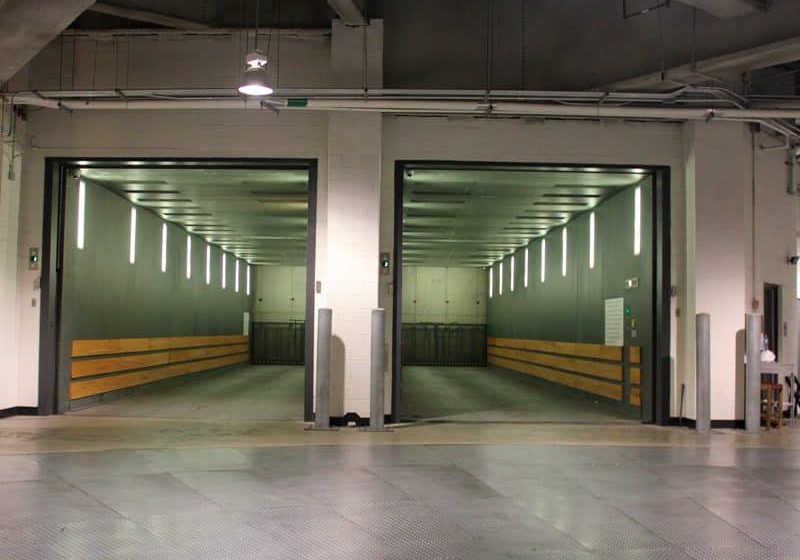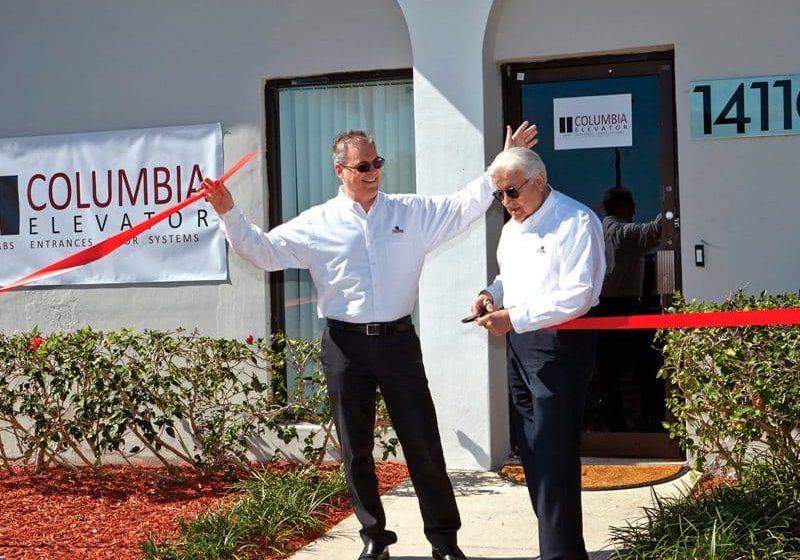KONE’s director provides “best practices” advice for building owners and managers planning a modernization project.
So, you’ve decided to upgrade your building’s elevators. It’s always a big decision. It may be the first time in a decade or longer that you’ll undertake this type of project. How will it affect tenants? Who will do the renovation, and how long will it take? In other words, what’s next?
A roster of best practices exists to help answer these and other questions to ensure a smooth ride. Obviously, the chief decision rests with picking an elevator company to handle the project. These tips cover that key decision, as well as the importance of communicating effectively to tenants and guests and planning proactively. Let’s take them one by one.
Tapping the Right Partner
This, of course, is the vital element. The right partner is the elevator company that understands your objectives and establishes trust based on a proven track record. Here are some additional points to consider when making your decision:
- Does the company truly grasp your and your tenants’ needs with this modernization? Consider the areas of particular interest: safety, equipment performance, reliability, compliance with applicable codes and eco efficiency, among others.
- What does the company’s in-depth survey of your existing equipment include? Is it thorough? Is the company able to demonstrate that its proposed solutions will eliminate existing issues?
- Can the company demonstrate the eco efficiency of its solutions? It’s important to understand how new, energy-efficient elevator solutions can help a building reduce operating costs.
- Do the company’s team members encompass the principal areas – sales, operations, management and maintenance – for which you need answers?
- What does the company’s asset management plan include, and what are the schedules or phases suggested?
- Can the company meet your timeframe, and, if this will be a multistage process, does it satisfy your requirements?
- If maintenance will be included in the company’s purview, can it demonstrate its capabilities for reducing callouts and improving reliability?
- Which technology will the company employ? Can the equipment be monitored remotely by building personnel?
- What track record does the company have for successfully executing elevator modernization projects? References can be a great way to see the company’s capabilities in practice and will help to build trust that it’s the right partner for your project.
Communicating Effectively
Renovating elevators can prove frustrating to tenants, guests and others. To ensure such anxieties are minimal, it’s important to consider how the prospective elevator company will help you communicate effectively.
Keeping tenants and others updated about how the project is going is important, but it’s equally important to inform them about upcoming events that may impact their own planning. For example, if a service elevator will be taken out of service so it can be modernized, this will likely impact how tenants move things in and out of the building. This should be communicated well ahead of time via email, infoboards, infoscreens and in-building alerts.
Such communications should be done before, during and after a major elevator-related action. It’s important to find out if the elevator company or companies you’re considering have fresh communication approaches or can articulate what works best.
Make sure this discussion about communication applies to the overall flow of people in, out and through the building. In other words, communications should apply broadly, not just to the elevators alone.
On the communications front, the best choice is usually the company with an excellent and workable plan for keeping tenants and guests informed. If you have your own communication plan, see how well the company’s communication efforts can fit with yours to improve communications throughout the entire project.
Plan, Proactively
You might think this is the first step to consider. Undoubtedly, though, you did a tremendous amount of planning while deciding an elevator modernization program is necessary. You considered tenant needs, all the signs that the elevators needed to be updated, the modernizations at buildings you compete with for tenants and other critical issues.
This step involves proactively planning with your elevator partner to manage all the assets involved in this project. Think through what, together, you will need to do that accounts for tenant needs, peak usage of elevators, security and out-of-service periods.
Finally, think through what it will require to make sure you don’t need to modernize for another decade or so. This might mean spending a bit more money now on advanced technology or state-of-the-art fixtures that will satisfy current and prospective tenants for the foreseeable future.
Get more of Elevator World. Sign up for our free e-newsletter.
